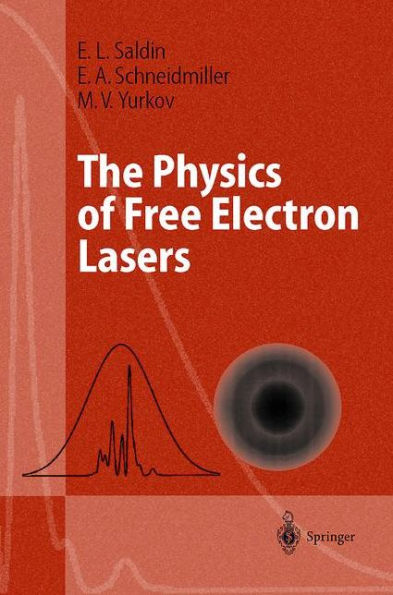The Physics of Free Electron Lasers
This book contains a systematic treatment of the basic principles of free elec tron laser (FEL) physics. It is primarily intended for physicists specializing in FEL physics and related fields: laser physics, microwave electronics, particle accelerator physics, etc. At the same time it might be useful for those who use the FEL as a research or industrial tool. The treatment requires that the reader has a knowledge of classical me chanics and electrodynamics. It is assumed that the reader is familiar with the kinetic theory of charged particle beams, in particular the Vlasov equation. All the results presented here are derived from "first principles", and all steps involving physical principles are given. To preserve a self-consistent style, we place the derivation of auxiliary results in appendices. Theoretical study is performed with an extensive use of similarity techniques, so the results obtained are simultaneously highly general and com pletely specified. The use of similarity techniques involves a particular way of thinking and leads to a deeper insight into FEL physics. We use a synthetic approach to present the material: some simple models are studied first, and more complicated ones are introduced gradually. We start with the one-dimensional theory of the FEL amplifier and FEL oscilla tor. Then we move on the analysis of diffraction effects and waveguide effects. Finally, we introduce the reader to the part of FEL theory dealing with the start-up from shot noise in the electron beam.
1100011374
The Physics of Free Electron Lasers
This book contains a systematic treatment of the basic principles of free elec tron laser (FEL) physics. It is primarily intended for physicists specializing in FEL physics and related fields: laser physics, microwave electronics, particle accelerator physics, etc. At the same time it might be useful for those who use the FEL as a research or industrial tool. The treatment requires that the reader has a knowledge of classical me chanics and electrodynamics. It is assumed that the reader is familiar with the kinetic theory of charged particle beams, in particular the Vlasov equation. All the results presented here are derived from "first principles", and all steps involving physical principles are given. To preserve a self-consistent style, we place the derivation of auxiliary results in appendices. Theoretical study is performed with an extensive use of similarity techniques, so the results obtained are simultaneously highly general and com pletely specified. The use of similarity techniques involves a particular way of thinking and leads to a deeper insight into FEL physics. We use a synthetic approach to present the material: some simple models are studied first, and more complicated ones are introduced gradually. We start with the one-dimensional theory of the FEL amplifier and FEL oscilla tor. Then we move on the analysis of diffraction effects and waveguide effects. Finally, we introduce the reader to the part of FEL theory dealing with the start-up from shot noise in the electron beam.
109.99
In Stock
5
1

The Physics of Free Electron Lasers
470
The Physics of Free Electron Lasers
470
109.99
In Stock

Product Details
| ISBN-13: | 9783540662662 |
|---|---|
| Publisher: | Springer Berlin Heidelberg |
| Publication date: | 01/07/2000 |
| Series: | Advanced Texts in Physics |
| Edition description: | 2000 |
| Pages: | 470 |
| Product dimensions: | 6.10(w) x 9.25(h) x 0.04(d) |
From the B&N Reads Blog
